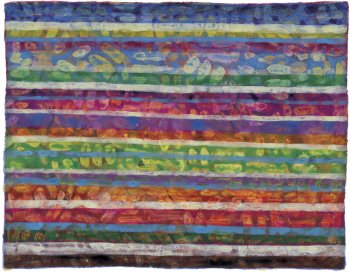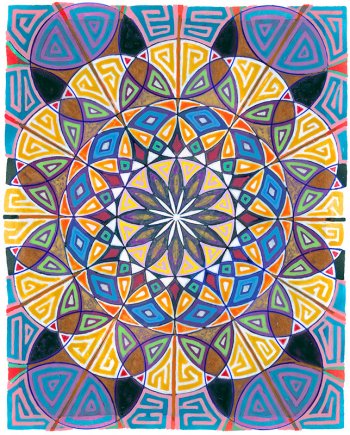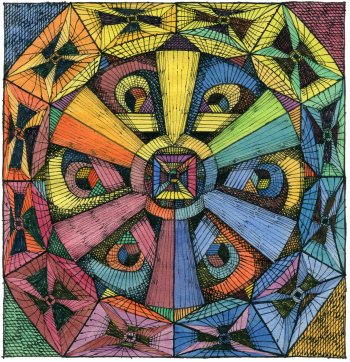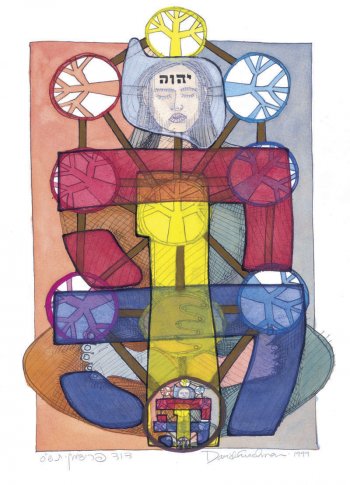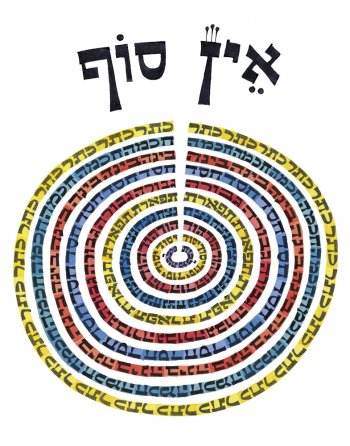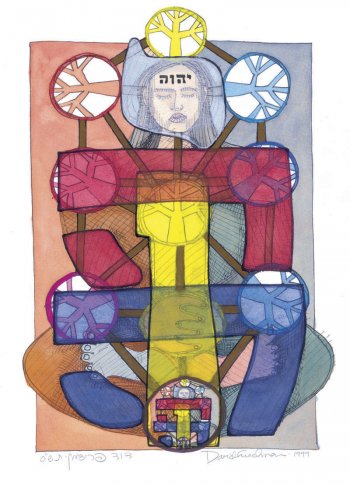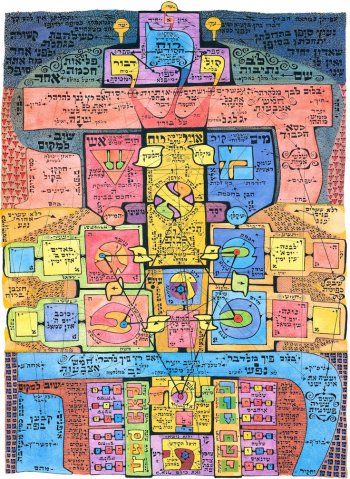What is Kosmic Kabbalah Art?
The word 'cosmos' refers to the physical universe seen as an orderly harmonious Whole. The original Greek word 'Kosmos' however, refers to the Whole of all existence - in all realms - physical, emotional, mental and spiritual. The Hebrew word Kabbalah refers to the ancient mystical teachings that describe the Kosmos as an orderly harmonious Whole.
The teachings and much of the artwork presented on this site deal with Kosmic themes that are based on the Kabbalah: Infinity, Eternity, Kosmogeny, Holy Names, Mandalas, Sacred Geometry, Fractals, and Sefirotic Maps of the Kosmos (Tree of Life Diagrams).
All of the Giclee prints on canvas as well as all the prints on paper are hand-signed. The canvas prints can be stretched and framed without glass. The paper prints should be framed with glass.
There are some new pictures that are only now available as Giclee prints on canvas. To view them go to 'New Works' under the 'Artworks by Subject' heading.
Artworks
THE ARTIST DAVID FRIEDMAN
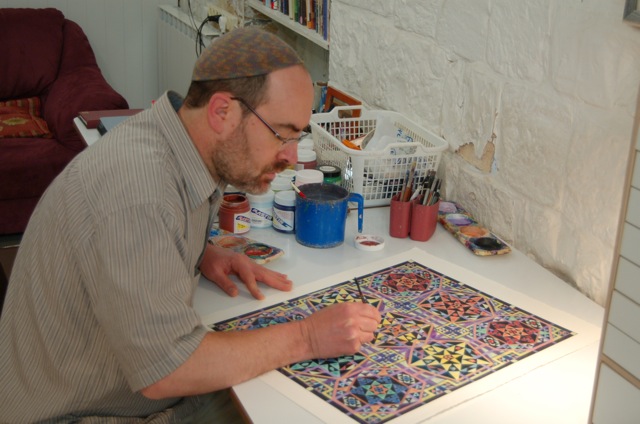
I immigrated to Israel in 1977 at the age of 20, and spent two years studying Torah in Jerusalem, where I met my wife, Miriam. We got married in 1979 and moved to Zefat.
In Zefat, I mostly immersed myself in the study of the Talmud and other classic texts of Judaism as well as Kabbalah, but I continued to make art at night.
latest teachings
Since the ancient classic Sefer Yetzirah (Book of Creation) inspires much of the art that is shown on this site, I feel that is
In the Torah, God commanded the Children of Israel to build a tabernacle, a Mishkan, a dwelling place for His Presence, the Shechinah. God told Moshe to
